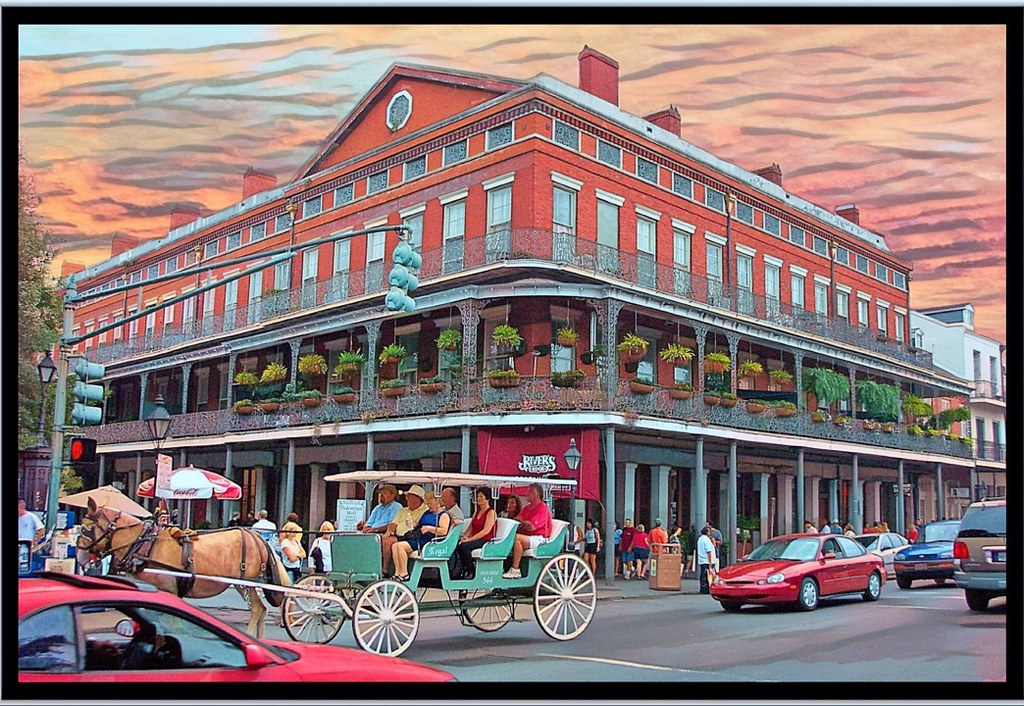Gentner (1978) 讓受試者接觸兩個新玩意兒:「jiggy」是有卡通圖案的立方體盒子,只要壓一下摃捍,表情就會改變;「zimbo」則是像扭蛋機的東西,壓一下摃捍,就會跑出聰明豆。接著會有一個東西外表像「jiggy」但是壓一下之後,會出聰明豆,如同「zimbo」的第三個新玩意兒。問受試者這第三個新玩意兒叫什麼名字?在2歲到5歲的幼兒身上都認為這是「jiggy」,而5到15歲的小孩則認為是「zimbo」。讓人覺得驚訝的是,成人的反應,他們並不像5到15歲的小孩,反而更像2歲到5歲的幼兒。
Nelson and Students (1995) 則使用t形的刷子作為新玩意兒給受試者看,把它叫「stennet」。「stennet」在沾顏料可以用來設計,成人被告知「stennet」的用法,而小孩子則可以直接操作「stennet」動手作設計。之後,會給受試者看一些東西:和「stennet」相比,有一些東西形狀相同,有一些東西形狀不同,有一些東西功能相同,有一些東西則功能不同。最後,受試者會被問,你覺得某個東西是不是「stennet」?從三歲到五歲的小孩子都認為有相同功能的東西是「stennet」。
Landau,Smith and Jones (1998) 透過類似的設計,把一個叫作「rif」的東西介紹給受試者。成人被告知「Rifs are made by a special company so they can do this.」接著就用「rif」去刮水。然後,同樣給一連串的東西由受試者判斷是不是「rif」。兩歲、三歲和五歲的小孩子認為有相同形狀的就是「rif」;但是成人則會根據功能去決定是否是「rif」。
我們可以確定的是,人們並不是單純因為形狀相似而形成概念,形狀是一個線索(shape-as-cue)。在事物的本質是否能夠使它形成概念?在動物領域的概念是已經被證實的;但是在人造物領域的概念,我們還不太確定。
References
Atran,
S. (1998). Folk biology and the anthropology of science: Cognitive
universals and cultural particulars. Behavioral and brain
sciences, 21(4), 547-569.
Bloom,
P. (1996). Intention, history, and artifact concepts. Cognition,
60(1), 1-29.
Bloom,
P. (1998). Theories of artifact categorization. Cognition, 66(1),
87-93.
Dennett,
D. C. (1990). The interpretation of texts, people and other
artifacts. Philosophy and phenomenological research, 50,
177-194.
Gelman,
S. A. & Markman, E. M. (1986). Categories and induction in young
children. Cognition, 23(3), 183-209.
Gelman,
S. A. & Markman, E. M. (1987). Young children's inductions from
natural kinds: The role of categories and appearances. Child
development, , 1532-1541.
Gentner,
D. (1978). What looks like a jiggy but acts like a zimbo? A study of
early word meaning using artificial objects. Papers and Reports on
Child Language Development, 15, 1-6.
Keil,
F. C. (1992). Concepts, kinds, and cognitive development. mit
Press.
Landau,
B., Smith, L. & Jones, S. (1998). Object shape, object function,
and object name. Journal of memory and language, 38(1), 1-27.
Locke,
J. (1964). An essay concerning human understanding (Vol.
1690). London.
Malt,
B. C. & Johnson, E. C. (1998). Artifact category membership and
the intentional-historical theory. Cognition, 66(1), 79-85.
Murphy,
G. L. & Lassaline, M. E. (1997). Hierarchical structure in
concepts and the basic level of categorization. In (), Knowledge,
concepts, and categories. MIT Press.
Murphy,
G. L. & Medin, D. L. (1985). The role of theories in conceptual
coherence.. Psychological review, 92(3), 289.
Nelson,
D. G. K. & Students, S. C. (1995). Principle-based inferences in
young children's categorization: Revisiting the impact of function on
the naming of artifacts. Cognitive development, 10(3),
347-380.
Putnam,
H. (1975). The meaning of" meaning". University of
Minnesota Press, Minneapolis.
Rosch,
E. & Mervis, C. B. (1975). Family resemblances: Studies in the
internal structure of categories. Cognitive psychology, 7(4),
573-605.
Rosch,
E., Mervis, C. B., Gray, W. D., Johnson, D. M. & Boyes-Braem, P.
(1976). Basic objects in natural categories. Cognitive psychology,
8(3), 382-439.
Wisniewski,
E. J. & Medin, D. L. (1994). On the interaction of theory and
data in concept learning. Cognitive Science, 18(2), 221-281.



沒有留言:
張貼留言
留個言吧…